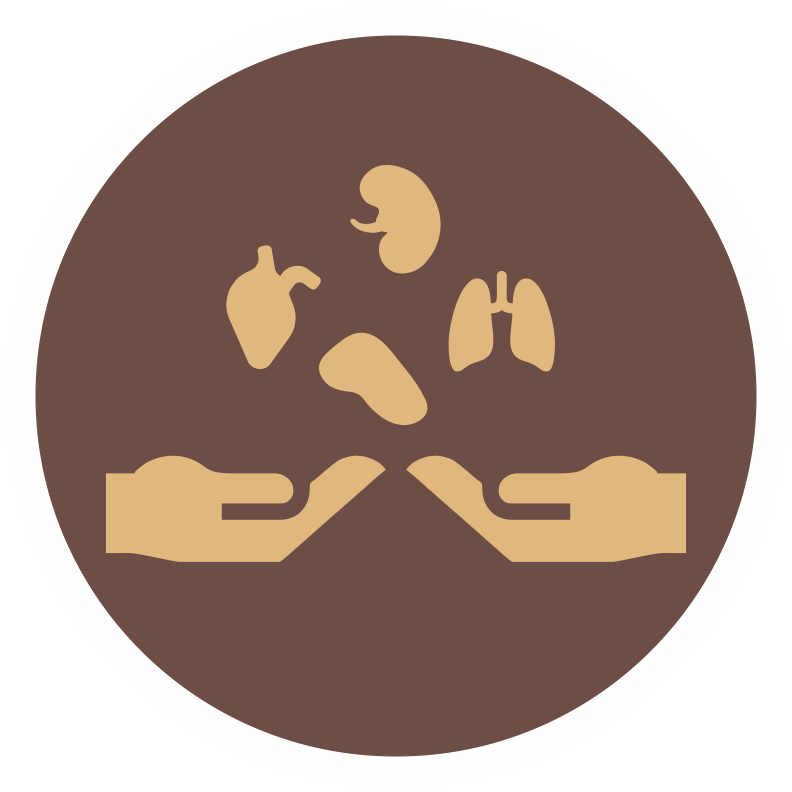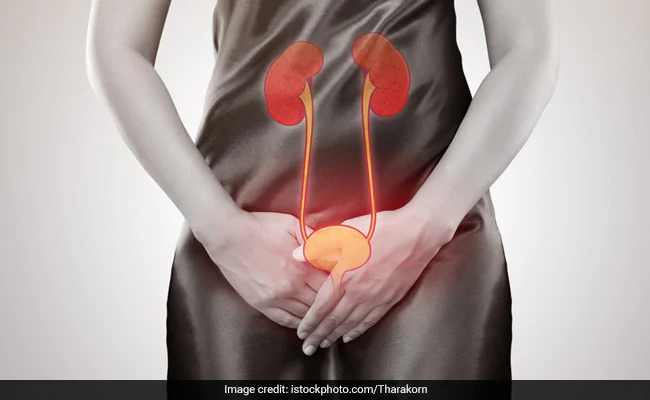- Our Doctors
- Our Specialities
Centres of Excellence
-
 Centre for Blood Diseases, BMT & Cancer Immunotherapy
Centre for Blood Diseases, BMT & Cancer Immunotherapy -
 Centre for Bone, Joint & Spine
Centre for Bone, Joint & Spine -
 Centre for Critical Care Medicine and ECMO Services
Centre for Critical Care Medicine and ECMO Services -
 Centre for Gastrosciences
Centre for Gastrosciences -
 Centre for Heart & Vascular Care
Centre for Heart & Vascular Care -
 Centre for Nephro-Urosciences
Centre for Nephro-Urosciences -
 Centre for Neurosciences
Centre for Neurosciences -
 Centre for Obstetrics and Gynaecology
Centre for Obstetrics and Gynaecology -
 Centre for Organ Transplantation
Centre for Organ Transplantation
Super Speciality
-
 Advanced Diagnostic and Interventional Radiology
Advanced Diagnostic and Interventional Radiology -
 Anesthesiology & Pain Management
Anesthesiology & Pain Management -
 Clinical Nutrition and Dietetics
Clinical Nutrition and Dietetics -
 Dental and Maxillofacial Surgery
Dental and Maxillofacial Surgery -
 Dermatology
Dermatology -
 Emergency and Trauma
Emergency and Trauma -
 Endocrinology and Metabolic Disease
Endocrinology and Metabolic Disease -
 ENT and Head & Neck Surgery
ENT and Head & Neck Surgery -
 Family Medicine
Family Medicine -
 General and Laparoscopic Surgery
General and Laparoscopic Surgery -
 General Medicine
General Medicine -
 GI Onco Surgery
GI Onco Surgery -
 GI Oncology
GI Oncology -
 GI Surgery, Advanced Laparoscopy and Gastro Oncosurgery
GI Surgery, Advanced Laparoscopy and Gastro Oncosurgery
-
- Key Procedures
- Our Hospitals
- International Patient
- Contact us
-
Quick Links
Blogs

Pranayama - for a Healthy Heart
Heart rate is affected and controlled by various factors such as temperature, hormones, physical activity, stress, obesity, and certain medications. Imbalances in these lead to cardiovascular disorders such as hypertension, ischemia, infarction, to even sudden or non-sudden cardiac death.
Cardiovascular disease is the leading cause of death for both men and women. Lifestyle modifications are important factors in the treatment, prevention, and rehabilitation of cardiovascular disorders. Yoga, an ancient Vedic science from India has proven to be a healthy alternative for the prevention and rehabilitation of cardiac diseases.
Yoga and Pranayama
Yoga includes practices of specific postures known as Asana and breathing exercises known as Pranayama. Regular practice of these two combined helps to improve overall body health. The breath is the dynamic bridge between your body and mind. Deep breaths help oxygenate your muscles, but they can also make your heart work a little harder — which is a good thing! Breathing exercises can improve your circulation, lower your blood pressure, reduce your heart rate, improve the quality of your airways and even strengthen your bones, and enhance your mental outlook.
Pranayama is one of the most important yogic practices to support this. It also supplies your body with oxygen while removing toxins. This is meant to provide healing physiological benefits.
Pranayama is a Sanskrit word that literally means ‘extension or expansion of the life force or energy (Prana means life force and Ayama refers to expansion). There are three breathing techniques that constitute Pranayama namely,
- Puraka - Inhalation
- Rechaka- Exaltation
- Kumbhaka- Retention
Other types of Pranayama are:
- Nadishodhan or Anulom Vilom - Alternate nostril breathing
- Bhramari - Humming breath like a bee
- Ujjayi - Calming breath
- Sheetali - Cooling breath
How to Practice Pranayama
When you start with Pranayama, the breath is slow and steady, breathed in and out of the nose and down into the belly. Always sit with a straight spine and a relaxed body. Start with normal inhalation and smooth and deep exhalation. Retention of the breath should not be attempted until you have attained a smooth, gentle inhale and exhale. Let the eyes be soft or closed during your practice.
Studies on Yoga and Pranayama
Yoga is known to inhibit sympathetic activity and facilitate parasympathetic activity. Contrary to conventional exercises, Yoga aims at minimizing oxygen uptake by inducing relaxation. All these practices aim at increasing awareness of the working heart and attempting to reduce heart rate. Therefore, it is commonly adopted by hypertensive individuals as an alternative way to manage such chronic conditions. Blood pressure and heart rate being the direct reflection of autonomic nervous system activity are the commonly used outcome measures followed by lipid profile and aerobic fitness. Moreover, both of these measures are valid, reliable, noninvasive, easily measurable, and cost-effective.
Beyond off-loading stress, practicing yoga can also help lower your blood cholesterol and blood glucose levels, making it a useful lifestyle intervention. One study has shown that blood measurements and waist circumference—a marker for heart disease—improved in middle-aged adults with metabolic syndrome who practiced yoga for three months. In another report, patients with heart failure who went through an eight-week yoga program showed improvement in exercise capacity and quality of life. They also had lower blood levels of markers for inflammation, which contributes to heart disease.
Latest Posts
-
 Awake Craniotomy Jul 12, 2022
Awake Craniotomy Jul 12, 2022 -
 Curing Constipation Jul 12, 2022
Curing Constipation Jul 12, 2022 -
 The ‘Gut Health’ Buzz Jul 12, 2022
The ‘Gut Health’ Buzz Jul 12, 2022 -
 Tips to Prevent UTI Jul 12, 2022
Tips to Prevent UTI Jul 12, 2022
Categories
- Clinical Nutrition and Dietetics
- Endocrinology and Metabolic Disease
- General and Laparoscopic Surgery
- General Medicine
- Physical Medicine and Rehabilitation
- Psychiatry
- Centre for Heart & Vascular Care
- Centre for Bone, Joint & Spine
- Centre for Neurosciences
- Centre for Gastrosciences
- Centre for Nephro-Urosciences
- Centre for Blood Diseases, BMT & Cancer Immunotherapy
- Centre for Obstetrics and Gynaecology

 +91 9393 108 108
+91 9393 108 108

















































